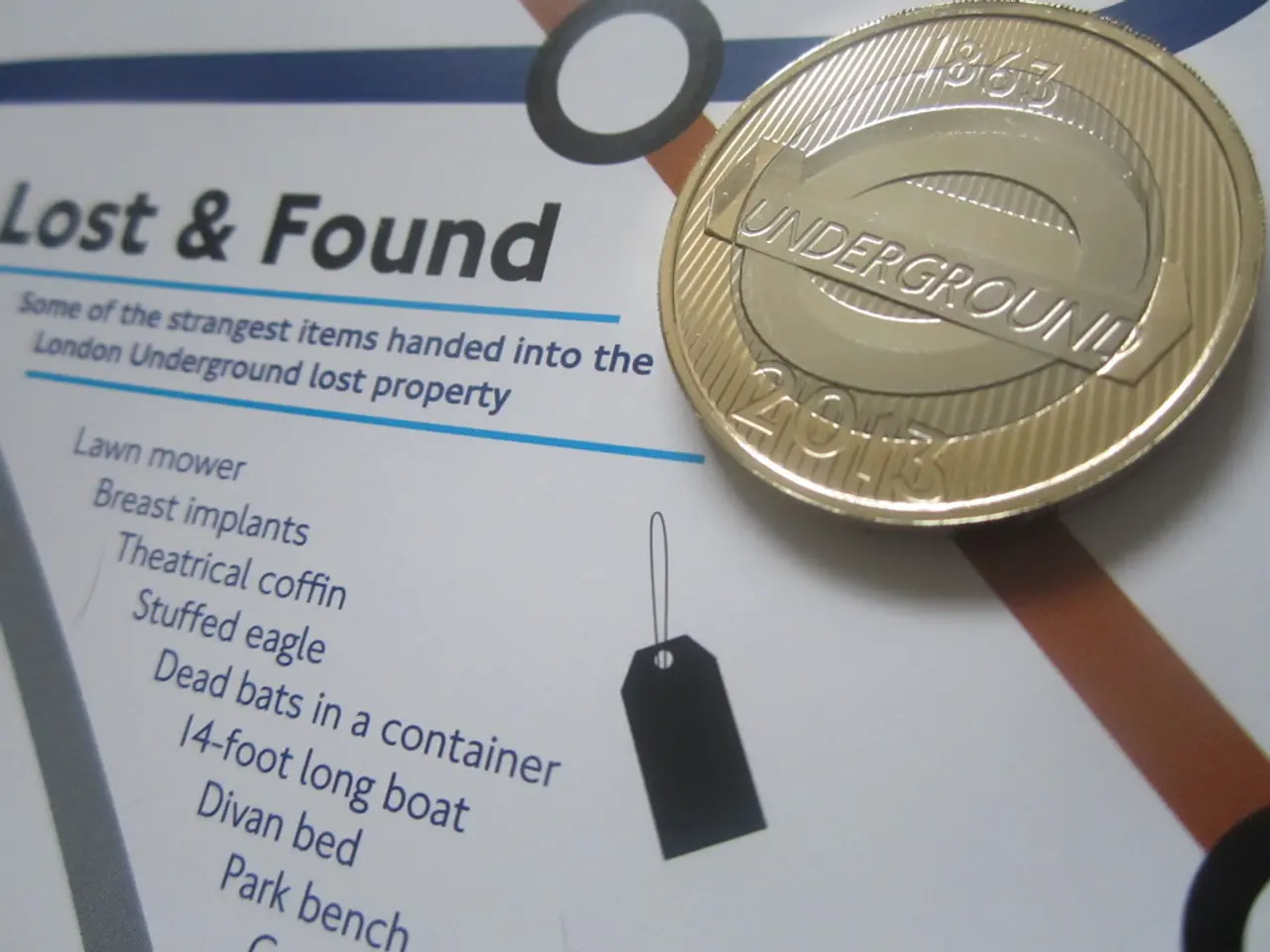Creating persuasive financial pitch decks for new ventures
In the competitive world of startups, a well-designed financial pitch deck can make all the difference when it comes to attracting investors. Here's a comprehensive guide on how to create an effective financial pitch deck.
1. **Introduction / Fund Overview** Kick off your presentation with a concise summary of your business' unique value proposition and investment focus. Explain the market gap you are addressing and why your timing is right.
2. **Problem Statement** Clearly define the problem your business aims to solve and why it matters.
3. **Solution / Product or Service** Describe your solution, product, or service and how it addresses the problem.
4. **Market Analysis and Opportunity** Demonstrate your knowledge of your target market, its size, growth potential, and key trends. Include competitive analysis to show differentiation.
5. **Business Model** Explain how your company makes money and your revenue streams.
6. **Team Introduction** Highlight the key team members, their relevant experience, track record, and networks that add value to your business.
7. **Financial Projections and Key Metrics** Include key performance indicators (KPIs) relevant to your business, such as monthly recurring revenue or customer acquisition cost. Present a profit and loss statement with revenue, expenses, and gross profit—usually on a monthly or yearly basis. Also consider metrics like revenue per full-time equivalent employee (FTE).
8. **Funding Ask and Use of Funds** Clearly state how much funding you are seeking and how it will be used (e.g., product development, marketing, hiring).
9. **Competition** Identify your main competitors and explain your competitive advantages.
10. **Call to Action and Next Steps** End with a clear statement of what you want from investors, such as scheduling a follow-up meeting or contacting you.
For a more specialized context, such as an LP (Limited Partner) investor pitch deck for fund managers, additional components include fund strategy and portfolio construction, track record and case studies, fund economics and terms, and timeline for investment.
By following this structure, you ensure you cover all critical points to communicate your financial story effectively to potential investors. To make the process easier, consider using a pitch deck template from our platform. No design experience is required, and the platform offers financial infographics and pre-formatted slides that already ask for all the information needed to make a successful deck.
The financial slide of a pitch deck should include details such as a balance sheet, income statement, financial model or plan, possible marketing expenses, growth trajectory, and gross margin of profit. The product or service slide should answer the question: what solution can the business and the team offer to solve the problem. It also helps to add a description of how the product will slot into actual practice and tie into the financial models prepared.
The pitch deck should be visually appealing and highlight key metrics that investors expect, including market research, projected growth, and financial projections like MRR/ARR or gross profit. Stand out during your presentation by creating a pitch deck template from our platform and customize it for your company to start attracting new investors.
In the process of crafting an engaging pitch deck for potential investors, it's crucial to incorporate data visualization tools to effectively present financial projections, such as profit and loss statements, revenue growth trajectory, and key metrics like monthly recurring revenue (MRR) or gross profit margin. To ensure your deck aligns with your brand, incorporate elements from your brand kit, including logos, colors, and overall design aesthetic. Additionally, as you address financial topics like investing and business model, consider illustrating how these aspects contribute to the overall solution your company provides, making it more relatable and compelling to your audience.




